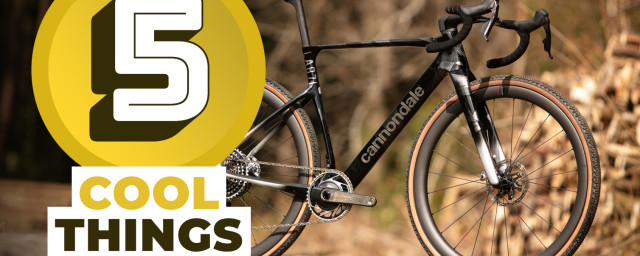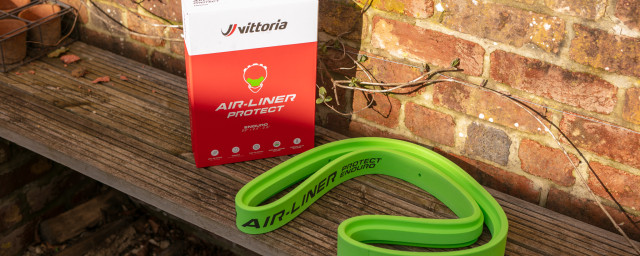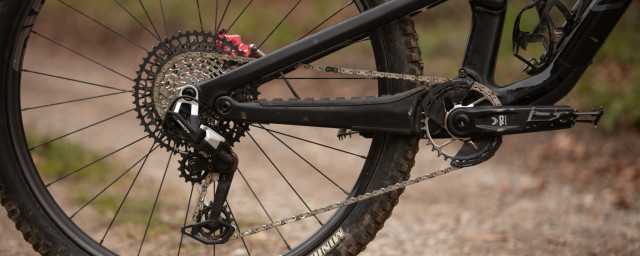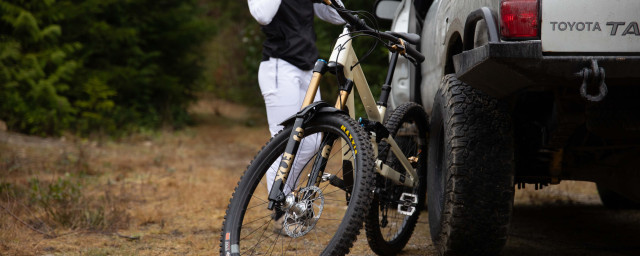What is WG11?

A bike helmet is an essential safety measure for cyclists of all disciplines but they're not all made - or tested - in the same way. Most people have heard of Mips (it's a liner system that has a large market share) but there are brands that have rejected the need for a protective helmet liner at all, such as Italian helmet company Kask. It doesn't use liners in its helmets but rather relies on its very own Rotational Impact WG11 test protocol to determine the helmet's safety. Here's everything you need to know about WG11.
- Best mountain bike helmets 2023 - top-rated head protection for the trail
- Best full face MTB helmets 2023 - top-tier head protection for testing your limits
- Can you use a road bike helmet for mountain bike and gravel riding?
Helmet safety has always been a contentious issue among off-road riders. Although off-road cycling speeds are lower than road riding, the prevalence of trees, trailside rocks and a much looser terrain surface increase crash risk.
Mountain biking’s founder and pioneering technical innovator, Tom Ritchey, occasionally rides without a helmet – believing that skill, experience and a choice of quiet off-road trails make it safe enough. But for the rest of us, helmet choice is paramount and sometimes, complicated and we always recommend using one of the best mountain bike helmets. It's a non-negotiable.
All cycling components share a similar commonality of decision points: weight, comfort and appearance. If it’s light and fits well – it is a buy. Right? But concussive safety is a primary consideration with helmets, unlike other riding apparel.
The oblique impact issue
Scientists and surgeons think very differently about helmet safety in the 2000s than in the 1980s. Impact sports like rugby, American football and UFC have shown that some of the most damaging brain injuries don’t have external bleeding or bruising. Soft tissue brain damage, caused by internal brain acceleration, can trigger debilitating concussions.
When it goes wrong, the impact of a cycling crash on the brain can far exceed that of a rugby high tackle. And that's why cycling safety researchers and helmet product developers are obsessed with reducing rotational head acceleration during an angular impact with terrain. In the medical world, this is known as an oblique impact, where the brain is more at risk from sudden rotational forces, instead of translational energy transfer.
Nearly all premium and mid-tier off-road cycling helmets now feature an inner liner allowing enhanced rotational movement. Some helmets have a structure with sacrificial materials, like WaveCel or Koroyd, for more energy absorption.
The engineering of helmet slip-plane liners and sacrificial honeycomb structures are guided by a testing framework. Engineers don’t imagine a worst-case impact and energy transfer scenario. They test. And the helmet specification that develops is guided by test data. But that begs the question: which is the most authoritative testing protocol?
Is traditional helmet testing good enough?
Mips is the dominant concussion mitigation helmet technology. Developed by Swedish neurosurgeons and medical engineers, it is widely adopted. Scientifically, its validity has generally been unquestioned.
Helmet impact testing and crash energy dissipation theory is evolving. Working Group 11 is part of the European Committee for Standardisation (CEN), tasked with developing better crash impact safety tests for cycling helmets. And that includes the tricky physics of oblique impacts. But to some, the testing standards are aged.
Italian helmet specialist, Kask, was inspired to develop a better oblique testing protocol with its own WG11 test. The Kask WG11 acronym and CEN’s Working Group 11 are different entities and should not be confused. Like MIPS, Kask is not a fashion or trend brand within cycling. Kask’s product portfolio and market presence reach beyond cycling: into equestrian safety and snow sports.
Testing rigour is a given with Kask’s hugely experienced engineers and designers. The company’s specialists have questioned the validity of legacy helmet testing for assessing oblique impact safety. This scepticism tasked Kask to develop its own internal testing protocol, drawing some technical inspiration from a CEN motorcycle helmet testing standard: ECE 22.06.
Kask’s Rotational Impact WG11 Test sources input from the CEN’s ECE 22.06 evaluations, and a diverse selection of scientific publications. Kask uses this WG11 internal protocol to evaluate its cycling helmets regarding oblique impacts and concussion mitigation.
Head shape diversity matters
What argument supports Kask’s WG11 as an alternative testing protocol to the development pathway that MIPS engineering teams use?
Whether you are testing the drag coefficient of that integrated cable routing on a new mountain or gravel bike’s single-piece cockpit, or evaluating helmet safety, the principles remain similar. And variables are the enemy. One of the simplest criticisms of the legacy helmet testing protocol is head form and simulated scalp friction. The discrepancy in characteristics between testing head forms and human heads appears too large.
A standardised head form representing the human skull is used for helmet safety testing and evaluating oblique impacts. Accelerometers embedded within and around the testing head form, and measure impact force and angle. These data points help medical engineers assess whether they are succeeding in reducing oblique impact forces, transferred to the brain.
But the standardised ‘dummy’ head form has a problem. It does not represent the skull shape diversity across the off-road cycling community. And it also doesn’t adequately replicate scalp movement – or the influence of hair.
If you held a current helmet testing head form in your hands and tried to massage its scalp – you’d struggle. The coefficient of friction is too high – nearly four times that of a human head’s natural scalp movement. That’s potentially an issue, casting doubt on the quality of data from legacy tests with standardised head forms.
The other issue is hair. Some riders have hair, and others are bald. Some might ride with a buff – adding further complexity to the equation. The sheer diversity of hair structures, volume, and follicle type will influence how a helmet moves and rotates during an oblique impact. And the head forms used for most testing don’t have a simulation material representing hair.
Is WG11 the future of helmet safety testing?
What is the solution trajectory proposed by Kask? The idea is to present the CEN technical committee TC158, and its Working Group 11, with a better rotational impact testing solution. And much of that implies a revised head form standard.
Kask, Mips, Ruby Project, the University of Strasbourg and Imperial College London are pooling resources to this end, with Kask’s as a pioneer in bringing its WG11 internal-protocol-tested helmets to market.
Why does all of this matter? A better testing protocol and benchmark score for failure will give designers and consumers a more relatable design and buying awareness. Notably, Kask uses its WG11 protocol for internal benchmarking and does not see the need for a slip-plane liner, or a more complex collapsible structure, in any of its helmets.
Engineers and product planners in the all-terrain riding and safety market have waited a decade for a better reference method to conduct oblique impact testing. The question is whether Kask’s WG11 internal protocol will inspire a more advanced crash impact evaluation standard, for cycling helmets. One that might require testing laboratories to invest in a new selection of head forms, with more diverse shapes and weight ratings, not to mention lower scalp friction coefficients.













